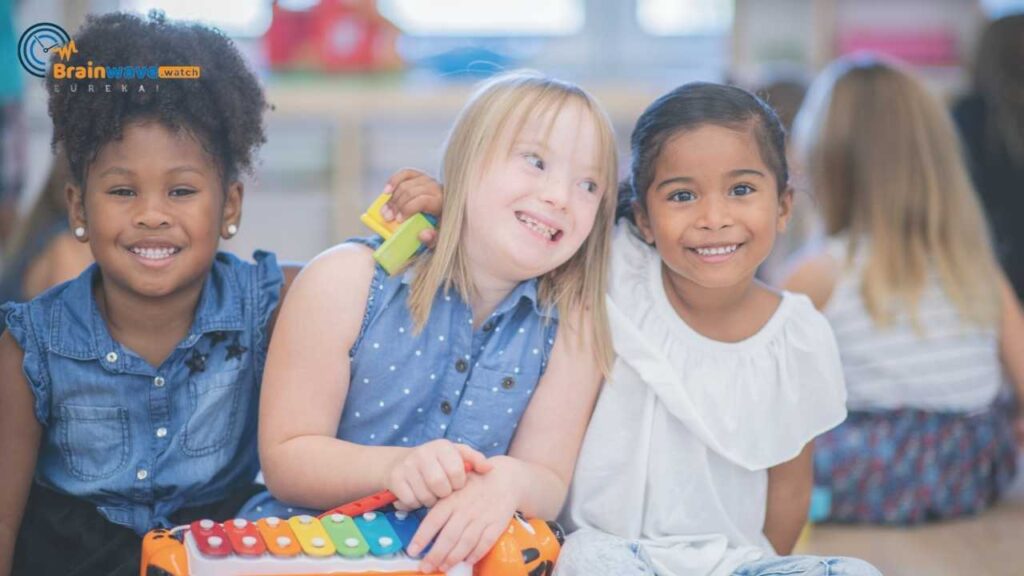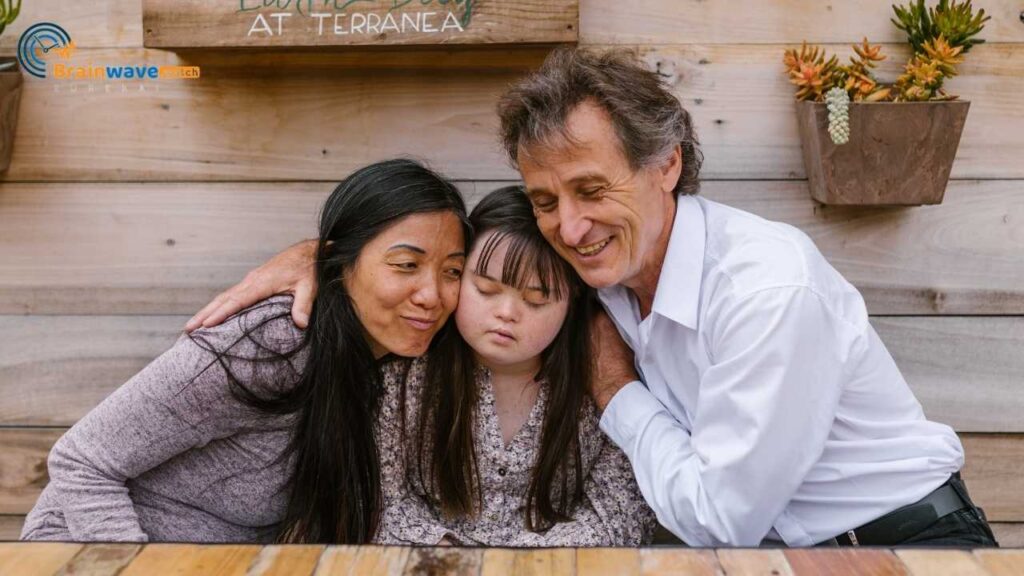Individuals with cerebral palsy can benefit from various exercises that can help improve their mobility, flexibility, strength, and coordination. The following are some fundamental exercises that can help individuals with cerebral palsy improve their physical abilities:
Stretching and Flexibility
Stretching exercises can help individuals with cerebral palsy improve their range of motion and flexibility. These exercises can help reduce muscle stiffness and prevent contractures. Some effective stretching exercises for individuals with cerebral palsy include:
- Hamstring stretches
- Quadriceps stretches
- Hip flexor stretches
- Calf stretches
- Shoulder stretches
Strength Training
Strength training exercises can help individuals with cerebral palsy improve their muscle strength and endurance. These exercises can help improve their ability to perform daily activities and reduce the risk of falls. Some effective strength training exercises for individuals with cerebral palsy include:
- Leg press
- Seated row
- Chest press
- Lat pulldown
- Bicep curl
- Tricep extension
Balance and Coordination
Balance and coordination exercises can help individuals with cerebral palsy improve their ability to maintain balance and control their movements. These exercises can help reduce the risk of falls and improve their ability to perform daily activities. Some effective balance and coordination exercises for individuals with cerebral palsy include:
- Single-leg stance
- Tandem stance
- Step-ups
- Toe walking
- Heel walking
By incorporating these fundamental exercises into their daily routine, individuals with cerebral palsy can improve their physical abilities and enhance their quality of life.
Cerebral Palsy (Definition and Types)
Cerebral Palsy (CP) is a neurological disorder affecting movement, coordination, and posture. It is caused by damage to the brain that occurs before, during, or shortly after birth. CP is a lifelong condition, but its symptoms and severity can vary widely.
There are four main types of CP, including spastic, dyskinetic, ataxic, and mixed. Spastic CP is the most common type, affecting about 70-80% of people with CP. It causes muscle stiffness and tightness, making movement difficult. Dyskinetic CP affects about 10-20% of people with CP and causes involuntary movements and muscle contractions. Ataxic CP is the least common type, affecting about 5-10% of people with CP. It causes problems with balance and coordination. Mixed CP is a combination of two or more types of CP.
Causes and Risk Factors
The exact cause of CP is not always known, but it is often the result of brain damage or abnormal brain development. Some common risk factors include premature birth, low birth weight, multiple births, infections during pregnancy, and complications during delivery.
Other factors that can increase the risk of CP include maternal drug use, exposure to toxic substances, and certain genetic conditions. However, in many cases, the cause of CP is unknown.
Symptoms and Diagnosis
The symptoms of CP can vary widely depending on the type and severity of the condition. Some common symptoms include delayed motor milestones, abnormal muscle tone, difficulty with fine motor skills, and problems with balance and coordination.
Diagnosis of CP usually involves a physical exam, medical history, and tests such as brain imaging and developmental assessments. Early diagnosis is important for effective treatment and management of CP.
Exercise Planning and Considerations
When developing an exercise plan for someone with cerebral palsy, it is important to consider their unique needs and abilities. This includes setting realistic goals, using adaptive equipment, and implementing safety measures.
Setting Realistic Goals
When setting exercise goals for someone with cerebral palsy, it is important to consider their current level of physical ability and any limitations they may have. Goals should be challenging yet achievable, and progress should be tracked over time. It is important to celebrate small successes along the way to keep motivation high.
Adaptive Equipment
Adaptive equipment can be used to help individuals with cerebral palsy perform exercises safely and effectively. This may include equipment such as braces, walkers, or specialized exercise machines. When selecting adaptive equipment, it is important to consider the individual’s specific needs and abilities.
Safety Measures
Safety should always be a top priority when designing an exercise program for someone with cerebral palsy. This includes selecting exercises that are appropriate for the individual’s level of ability, using proper form during exercises, and monitoring for signs of fatigue or discomfort. It is also important to consult with a healthcare professional before beginning any new exercise program.
Therapies and Interventions
Physical therapy is a crucial component of cerebral palsy treatment. It is designed to help individuals with cerebral palsy improve their physical abilities, such as strength, flexibility, balance, and coordination. The goal of physical therapy is to help individuals with cerebral palsy achieve their full potential and live as independently as possible. Physical therapy can involve a range of exercises, including stretches, strengthening exercises, and balance and coordination exercises.
Occupational therapy is another important therapy for individuals with cerebral palsy. It is focused on helping individuals with cerebral palsy develop the skills they need to perform everyday tasks, such as dressing, eating, and grooming. Occupational therapy can also help individuals with cerebral palsy develop fine motor skills, such as handwriting and using utensils.
Speech and language therapy is designed to help individuals with cerebral palsy improve their communication skills. It can involve a range of exercises, including vocalization exercises, breathing exercises, and exercises to improve articulation and pronunciation. Speech and language therapy can also help individuals with cerebral palsy develop social skills, such as turn-taking and conversation skills.







